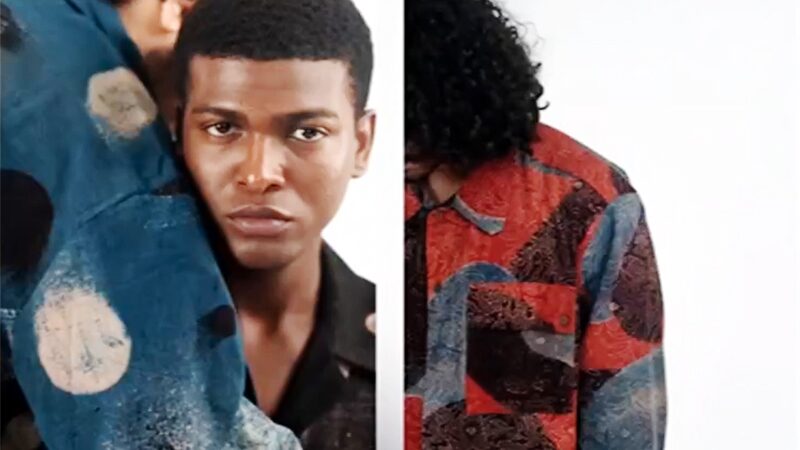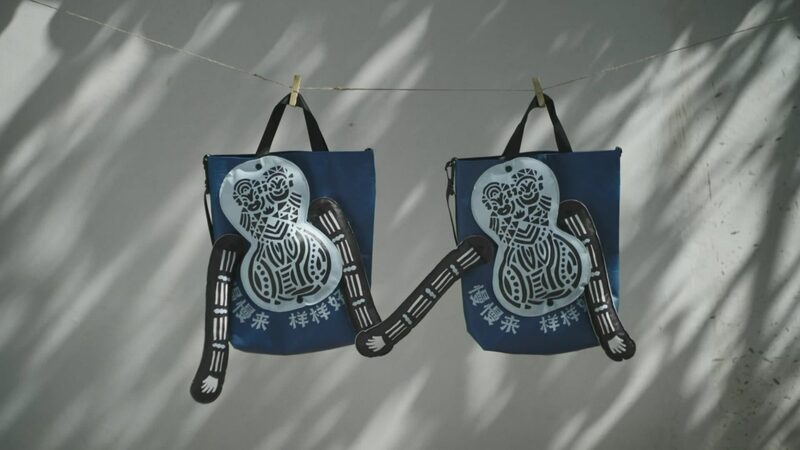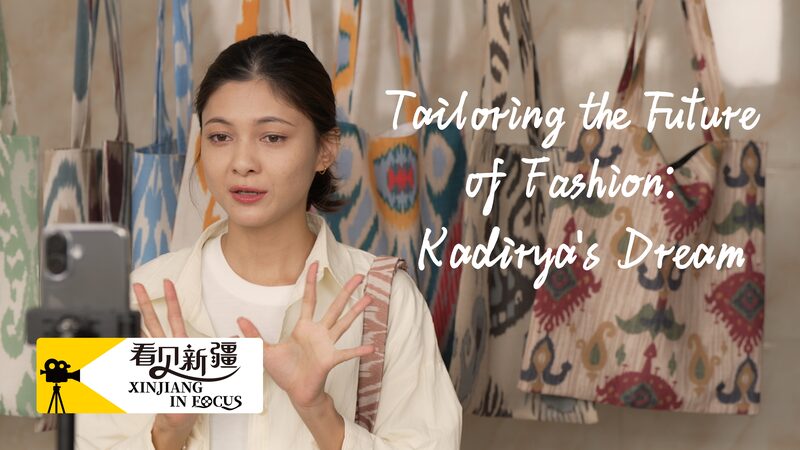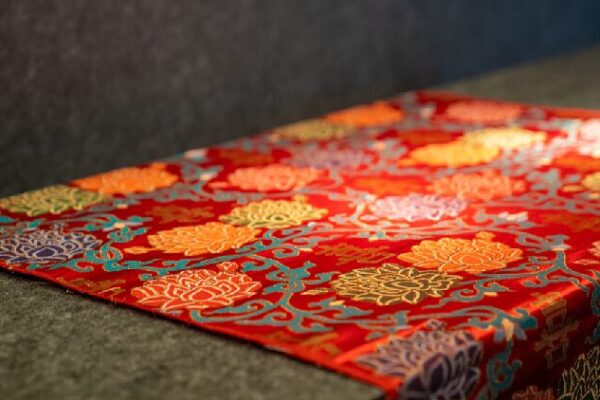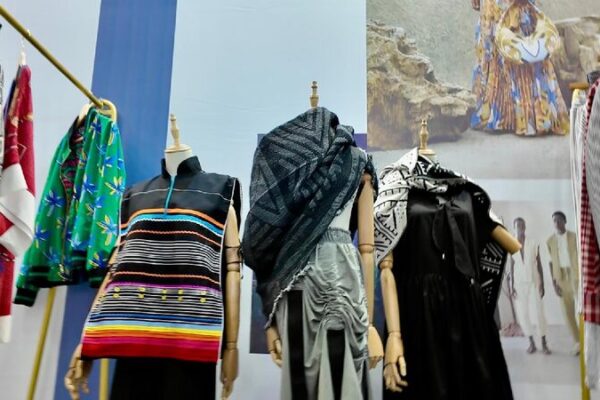For thousands of years, India’s rich tapestry of textiles and indigenous designs has woven stories of culture, tradition, and artistry. Yet in recent decades, these vibrant patterns have been reserved mostly for weddings and traditional events, overshadowed by the rise of fast fashion in everyday wear. Now, a new generation of young designers is threading a revival, bringing ‘slow fashion’ back into the mainstream.
Ananya Singh, a 24-year-old designer from Mumbai, is among those leading the charge. Surrounded by handwoven fabrics and intricate patterns in her studio, she says, “Our heritage textiles have so much to offer. By incorporating them into contemporary styles, we’re keeping traditions alive while appealing to modern tastes.”
These designers are not just reviving old traditions—they’re reinventing them. By blending traditional craftsmanship with modern aesthetics, they’re creating unique pieces that tell a story. Rahul Verma, another emerging designer, explains, “Using indigenous materials and techniques makes fashion more sustainable and personal. It’s the opposite of mass-produced clothing.”
The movement is also a response to the environmental impact of fast fashion. Slow fashion emphasizes quality over quantity, encouraging consumers to invest in garments that last longer and have a smaller carbon footprint. “It’s about making conscious choices,” says Verma. “We want to offer alternatives that are stylish and eco-friendly.”
Social media has played a significant role in this resurgence. Platforms like Instagram and TikTok are buzzing with influencers and fashion enthusiasts showcasing how to incorporate traditional Indian designs into everyday outfits. This digital exposure is helping to popularize the movement among teenagers and young adults across the Global South.
Fashion analyst Priya Desai notes, “There’s a growing appreciation for authenticity and sustainability among young consumers. By embracing slow fashion, they’re not only making a style statement but also supporting local artisans and the environment.”
As India’s young designers continue to weave the past into the present, they’re stitching together a future that honors tradition while embracing innovation. It’s a trend that promises to redefine fashion—not just in India, but around the world.
Reference(s):
cgtn.com
